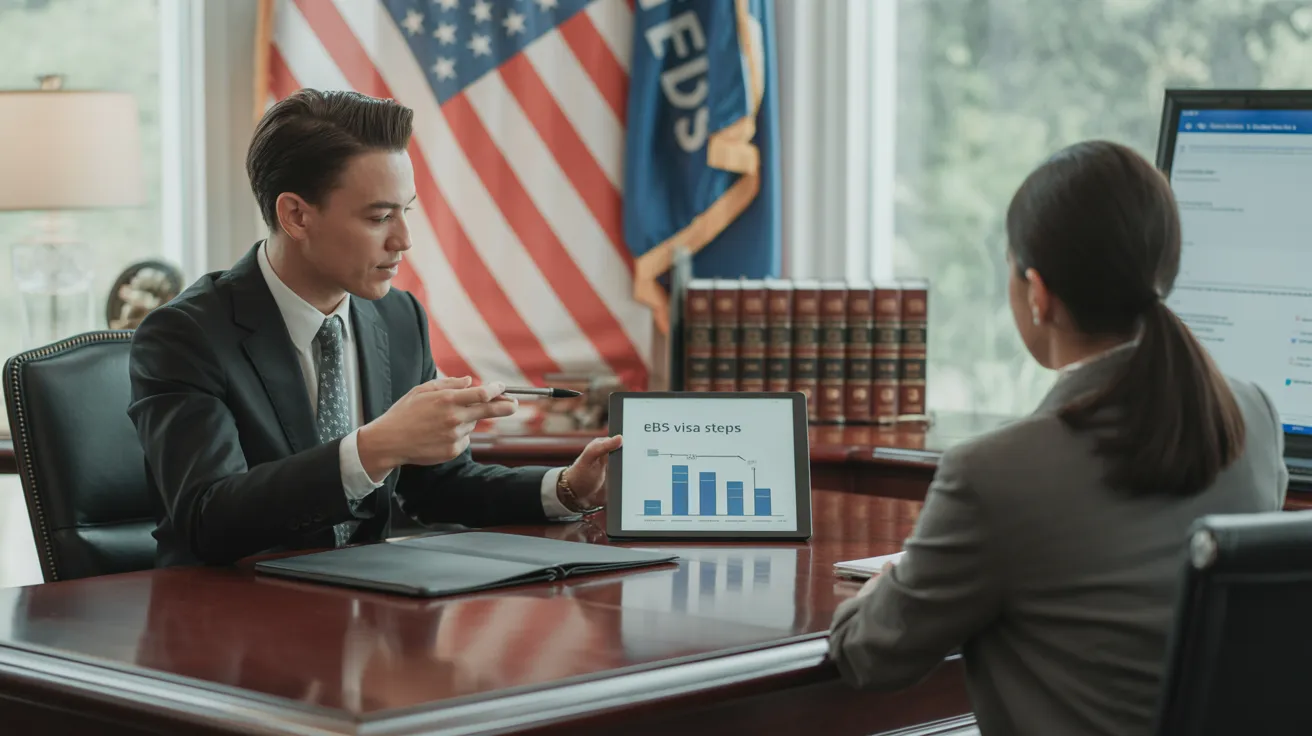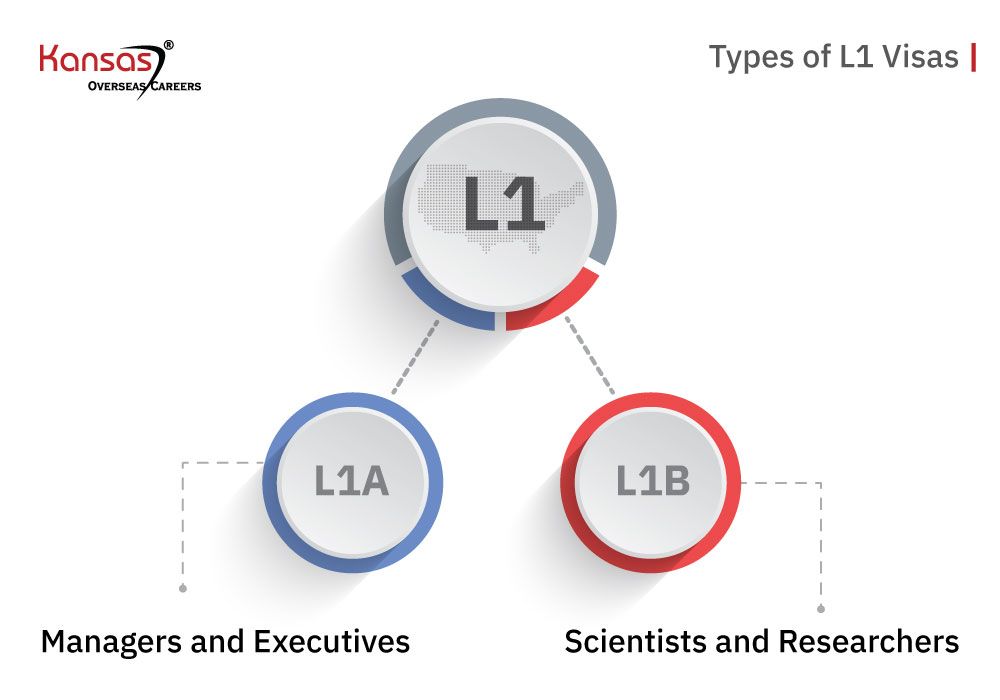L1 Visa Process
What Does L1 Visa Do?
Table of ContentsA Biased View of L1 VisaL1 Visa Fundamentals ExplainedNot known Details About L1 Visa L1 Visa - Truths6 Easy Facts About L1 Visa ExplainedL1 Visa Can Be Fun For Anyone
Offered from ProQuest Dissertations & Theses Global; Social Scientific Research Premium Collection. DHS Office of the Assessor General. Retrieved 2023-03-26.
United State Division of State. Obtained 2023-02-08. Tamen, Joan Fleischer (August 10, 2013).
Examine This Report about L1 Visa
In order to be qualified for the L-1 visa, the foreign firm abroad where the Beneficiary was used and the U.S. company must have a qualifying relationship at the time of the transfer. The various sorts of qualifying connections are: 1. Parent-Subsidiary: The Parent suggests a company, corporation, or various other lawful entity which has subsidiaries that it has and regulates."Subsidiary" means a firm, firm, or various other legal entity of which a parent possesses, directly or indirectly, greater than 50% of the entity, OR possesses less than 50% yet has administration control of the entity.
Company A has 100% of the shares of Business B.Company A is the Moms And Dad and Business B is a subsidiary. There is a qualifying partnership in between the 2 firms and Firm B must be able to fund the Beneficiary.
Instance 2: Company A is integrated in the united state and intends to seek the Beneficiary. Business B is integrated in Indonesia and utilizes the Beneficiary. Business A has 40% of Firm B. The remaining 60% is owned and controlled by Business C, which has no relationship to Company A.Since Firm A and B do not have a parent-subsidiary partnership, Firm A can not sponsor the Recipient for L-1.
Company An owns 40% of Firm B. The remaining 60% is possessed by Business C, which has no relationship to Business A. However, Firm A, by formal arrangement, controls and complete takes care of Business B.Since Firm A has less than 50% of Business B however manages and manages the company, there is a qualifying parent-subsidiary connection and Business A can fund the Beneficiary for L-1.
The Single Strategy To Use For L1 Visa
Associate: An affiliate is 1 of 2 subsidiaries thar are both possessed and controlled by the exact same parent or individual, or had and regulated by the same group of individuals, in basically the same proportions. a. Instance 1: Firm A is incorporated in Ghana and employs the Recipient. Company B is integrated in the united state
Firm C, additionally included in Ghana, owns 100% of Company A and 100% of Firm B.Therefore, Firm A and Business B are "affiliates" or sister business and a certifying relationship exists between both business. Business B should be able to fund the Recipient. b. Example 2: Company A is incorporated in the united state
Firm A is 60% possessed by Mrs. Smith, 20% possessed by Mr. Doe, and 20% possessed by Ms. Brown. Firm B is included in Colombia and presently utilizes the Beneficiary. Company B is 65% owned by Mrs. Smith, 15% possessed by Mr. Doe, and 20% possessed by Ms. Brown. Business A and Business B are affiliates and have a certifying relationship in two various methods: Mrs.
The L-1 visa is an employment-based visa classification established by Congress in 1970, allowing multinational companies to transfer their managers, executives, or crucial employees to their U.S. procedures. It is frequently referred to as the intracompany transferee visa.

In addition, the recipient needs to have functioned in a supervisory, executive, or specialized employee position for one year within the 3 years coming before the L-1A application in the international firm. For brand-new office applications, foreign employment must have remained in a supervisory or executive ability if the recipient is involving the United States to work as a manager or executive.
4 Easy Facts About L1 Visa Explained

If given for a united state firm operational for more than one year, the initial L-1B visa is for as much as 3 years and can be extended for an additional 2 L1 Visa attorney years (L1 Visa). Conversely, if the united state company is recently developed or has actually been functional for less than one year, the initial L-1B visa is released for one year, with expansions readily available in two-year increments
The L-1 visa is an employment-based visa group developed by Congress in 1970, permitting international companies to move their managers, execs, or vital employees to their U.S. operations. It is commonly described as the intracompany transferee visa. There are 2 major sorts of L-1 visas: L-1A and L-1B. These types appropriate for staff members worked with in various positions within a company.
The Ultimate Guide To L1 Visa
In addition, the recipient needs to have functioned in a supervisory, executive, or specialized employee placement for one year within the 3 years preceding the L-1A application in the foreign business. For new office applications, foreign employment needs to have been in a supervisory or executive ability if the recipient is involving the USA to function as a supervisor or executive.
for approximately seven years to oversee the procedures of the united state affiliate as an exec or supervisor. If issued for a united state business that has been operational for even more than one year, the L-1A visa is at first granted for approximately three years and can be extended in two-year increments.
If provided for a united state company functional for more than one year, the first L-1B visa is for as much as three years and can be extended for an extra two years. Conversely, if the united state business is newly established or has been operational for less than one year, the first L-1B get started visa is provided for one year, with expansions available in two-year increments.